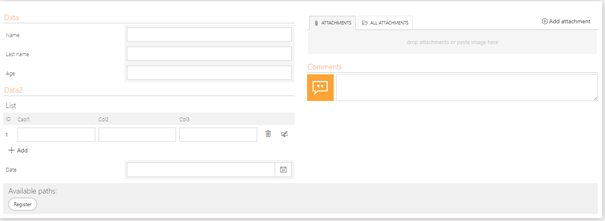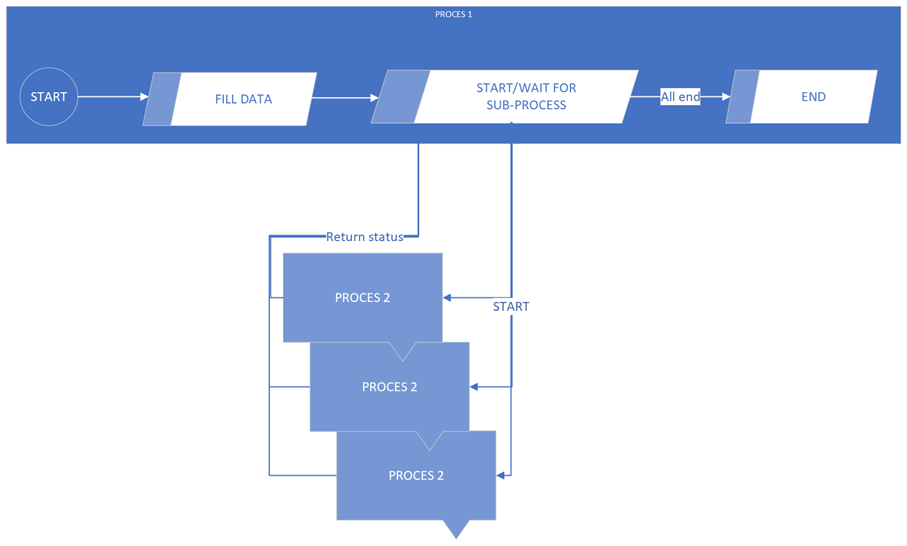Probably each of us in our childhood played with blocks, built various types of constructions from them. Usually it starts with simple towers, placing blocks around each other, to finally create castles, stations, ships, etc. These structures supported pirates, knights or princesses. The blocks are so universal that you can build almost anything from them, they can be used for any fun.
I know it quite well, bringing up two cute little daughters, who build using bricks according to the instructions. When they get bored, they transform the effects into any structure they can think of. Recently, they have created various characters and played with them in a shadow theater – which shows how our imaginations allow us to creatively use the available toys.
As adults, we sometimes forget that our imagination allows us to use our tool more widely than originally assumed. At the same time, we would like the tools in our work to allow us to implement our ideas, not to limit our creativity.
Therefore, let me introduce Webcon BPS – a tool mainly used to handle documents / elements / forms in the process. At the same time, I would like to show that it is flexible, requires creativity, like building with blocks, where the greatest limitation is our imagination.
Let’s start with our first brick tower, which was a challenge, but we enjoyed building it. Of course, initially the tower was wobbly and it was easy to overturn it. However, over time, we learned to build higher and higher constructions. It is the same in Webcon: we start with a simple process of creating and connecting 3 blocks (steps),

which takes us a few minutes, including building a form for this process:

Experience and more conscious recognition of needs come with age. We begin to construct more and more sophisticated and larger buildings. As with my daughters: knowing that the figures were to play with the shadows, they thought about how to arrange the clearances in their structures for the best effect. The same in our case – we can quickly, easily and pleasantly develop the process:

expand the form:

All these changes take a short time, so we can quickly modify, expand or combine processes.
As you can see, Webcon and children’s bricks give you the opportunity to quickly develop our structure from very simple to extremely complex. A tool that does not limit, but keeps up with us, gives a lot of satisfaction and motivation to continue creating. It allows you to return to the childish joy of stimulating our imagination at work. It’s nice to be able to feel the joy of the child inside you again, isn’t it?
When building with blocks, we often create various structures at the beginning and then connect them or play with them together. Just as playing pirates/sailors usually requires a ship, there is also a port or a treasure island. It is our imagination that helps to use or combine these structures. It is similar to Webcon, where we can create any number of processes containing any number of workflows (process flows). We can trigger mutual processes, react to changes between them, or indicate how they are to behave in certain circumstances. Only our imagination in the implementation of the requirements that will be provided to us is a limiter, which can be seen in the following game:

When we spend a lot of time with blocks, build many different structures, we start looking for ways to expand the possibilities of play, e.g. by attaching a different type of blocks, a different toy or an element that we have. As a result, what we already know and could get bored of, begins to fascinate us again. It is the same with Webcon, once we have mastered its basic elements, we start to build more and more complex connections and patterns. That’s when we are looking for new ideas to connect it with other systems, with non-standard data sources.
Of course, we are talking about integrations here, which we can base on the level of native mechanisms built into BPS, as well as create our own methods and mechanisms of data delivery, e.g. from flat files or OLAP cubes.
Thanks to this, we can very widely use the possibilities of Webcon in our daily work: to improve or automate it. The transfer of activities, tasks that can be handled automatically, defining various types of criteria for making automatic decisions helps in the effective performance of our duties.
Hubert Chadaj – Transition Technologies MS